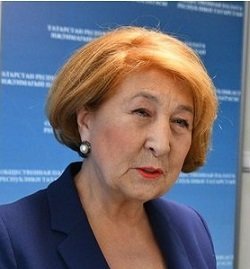‘It’s all beautiful, native, created by the hands of our people’
Khazine tells about the Tatar wedding
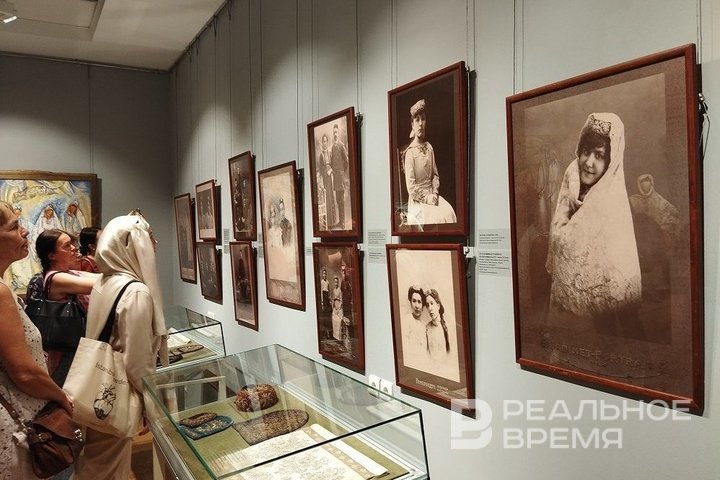
The Nasel. Nigez. Yola/Ancestry. Paternal home. Custom exhibition has opened in Khazine gallery: the exposition on the family and wedding traditions of the Tatars at the turn of the 19-20th centuries was collected from the funds of the Museum of Fine Arts of the republic. Lectures, master classes, and round table discussions take place during the exhibition. But the most interesting thing is that the staff of the State Museum of Fine Arts go “to the fields” in search of new artifacts on these topics.
“Healthy, educated, well-mannered, domesticated, hardworking”
Yes, the exhibition is part of the Storehouse of Folk Art project, organised at the expense of a grant from the Republic of Tatarstan for the development of civil society.
“It's all beautiful, native, created by the hands of our people," says Rosalia Nurgaleeva. “And, fortunately, all this is in the collection of the Museum of Fine Arts.
But to make the collection even bigger, today a group of museum staff is going to the regions of the republic to communicate with people engaged in folk art, local history museums, and villagers. All this, explains Nurgaleeva, will turn into a booklet that will be posted online.
On information posters (the text in which is typed in small print in wide columns), one can read about the traditions of the past. For example, that a guy and a girl corresponded instead of meetings. Or it was parents who chose a spouse. That since that time, they have been addressing each other in the form of vocative forms — atasi (father of children), to his wife — anasi (mother of children).
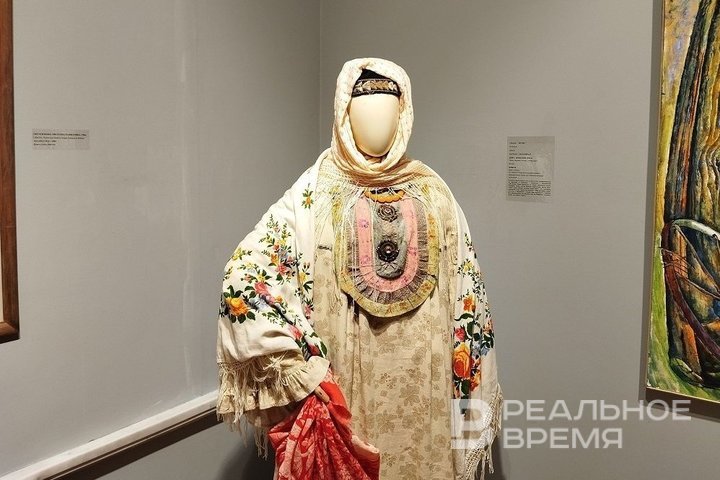
“An enviable bride was considered to be one who was healthy, educated, well-mannered, domesticated, hardworking — she cleaned the house, cooked food, took care of children and the elderly, brought home water from a stream or well, managed the livestock, embroidered, knitted, spun, weaved, sewed clothes and so on," the organisers report. “An enviable groom was someone who had excellent physical health and could build a house, plant, grow and harvest a rich harvest on his land; prepare firewood for the winter; raise cattle.”
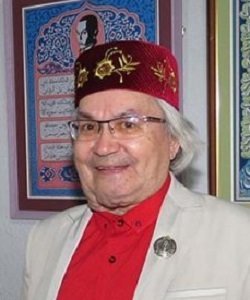
Both the Arskaya Factory and the Kamala Theatre
The exhibition itself is divided into two parts. The first one tells about the preparations for the wedding, including matchmaking, engagement, gift exchange, dowry. The second one tells about the holiday itself.
Under this concept, the State Museum of Fine Arts presented, firstly, a variety of jewelry — hasite, chulps, collar clasps, bracelets. Secondly, leather goods — ichigi, panels, pillows. Thirdly, obviously, as a dowry — samples of weaving and embroidery.
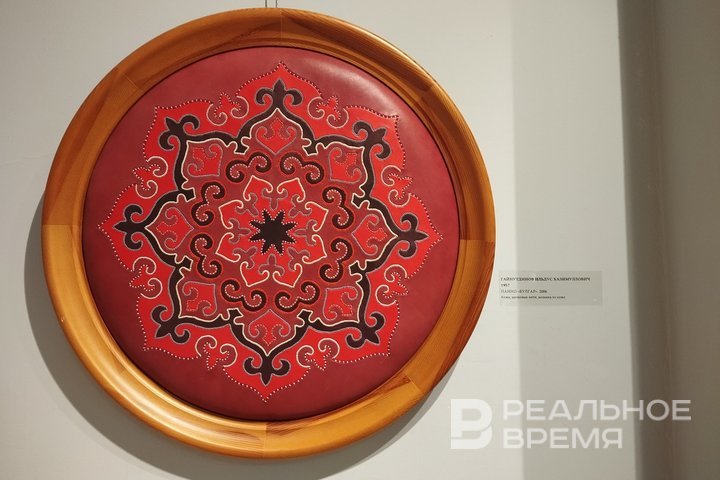
There are also paintings here: a sketch for The Shoes by Dzhaudat Fayzi from Svetlana Ibragimova, who presented her image of a matchmaker, The Tatar Bride by Anvar Sayfutdinov, the scene of the arrival of guests from Ravil Zagidullin. A special pride is the panels in the technique of leather mosaic by Ildus Gaynutdinov, Alfiya Zamilova. And in the background there is the Koran from the collection of Baki Urmanche. There was, quite suddenly, a place for Igor Balashov's candlesticks on the theme of Tukay's poetry. And a sofa cushion and a rug from the Arsk national shoe factory.
The department of manuscripts and rare books of the Lobachevsky Scientific Library of the Kazan Federal University and the Kamala Theatre also presented their funds. The latter, for example, presented a matchmaker's costume: a dress, a shawl, a kalfak with embroidery, beads, and ichigi. The matchmaker pulled out her pants over her boot (and the matchmaker, on the contrary, wrapped it), and in order for the matter to succeed, the bride was put on a pillow. And if, on the contrary, either the groom did not fit, or the young woman was not going to be married yet, she sat by the door. The matchmaker came on any day except the “empty” Tuesday. She spoke in half-hints, in ditties-takmaks, to protect the young from the evil eye…
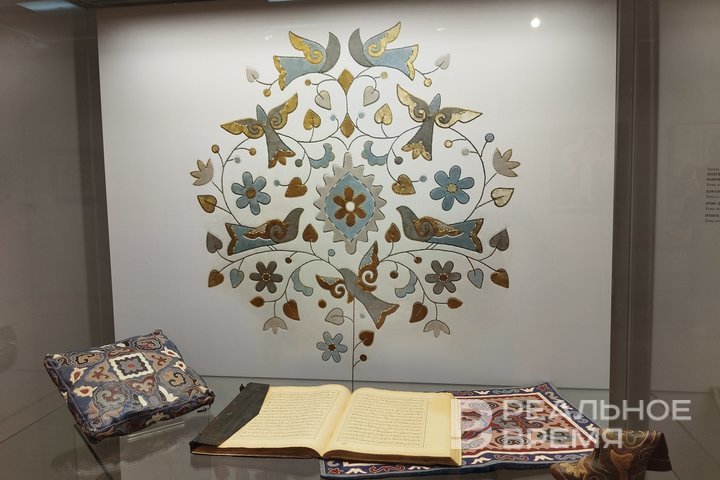
And as a sign of agreement, the families exchanged gifts — it was called aklashu/whitewashing or kolak soenchese/joy to the ears. 4-7 days before the wedding, parents and matchmakers discussed the event, mahr/kalym, dowry. A curious remark: “The Tatars believed that during nikah even the wind should not get into the house, otherwise there would be no warmth between the newly wedded couple.” After that, the groom spent the night with the bride for a couple of days.
Well, the wedding itself, specifically of the 19th century, is described by Karl Fuchs — with seventeen changes of dishes and the distribution of wedding pies.
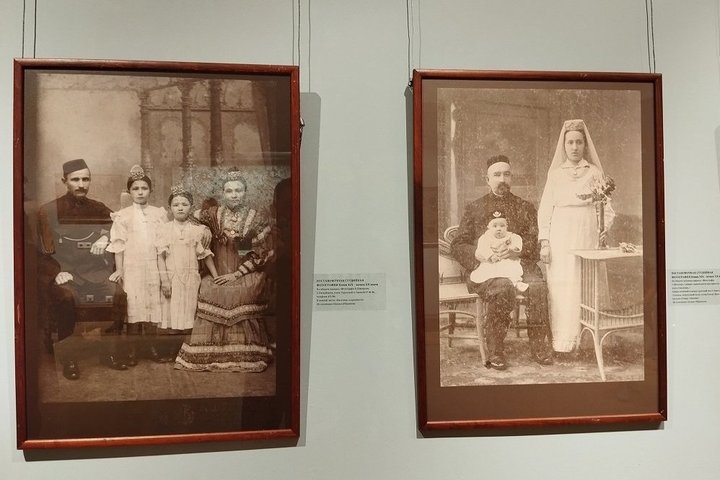
Hero of the exhibition is Nizami Ibraimov
There are many photographs at the exhibition — they were presented by the well-known online collector Nizami Ibraimov, one of the leading Russian philocartists. It shows staged photographs of families from St. Petersburg, Troitsk, Kazan, sometimes in several generations: women in kalfaks and shawls, men in tubeteikas (and in the Akhsanov family there was a place for a fez and a single-row button accordion).
